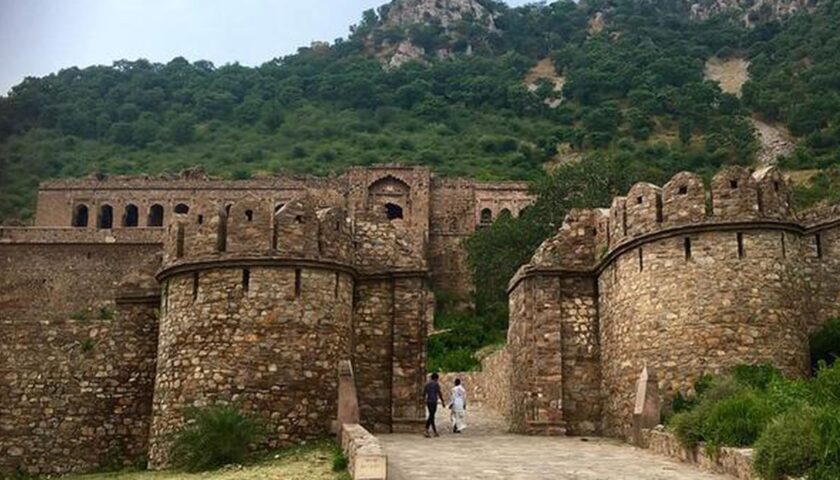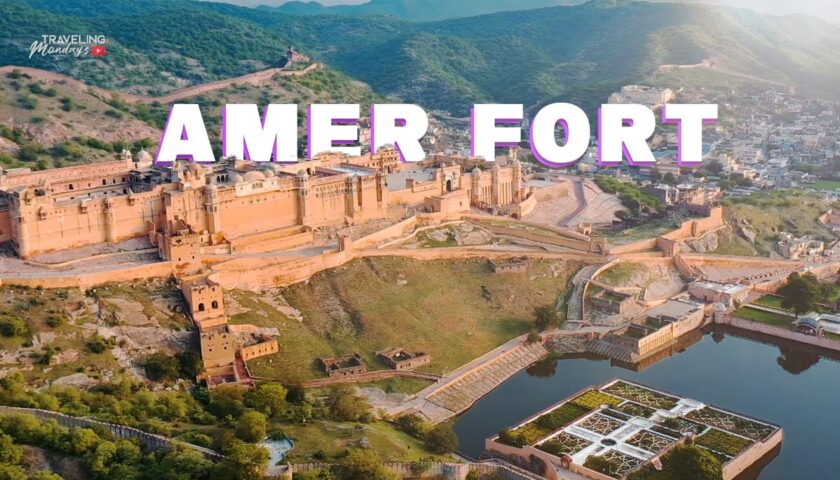The G20 Summit, an international gathering of major economies, is not just about politics and economics. It’s also a unique opportunity to celebrate the rich cultural heritage of the participating countries. In this blog post, we’ll take you on a virtual tour of some of the national heritages from G20 countries that will be on display at the summit.
The Terracotta Army of China
China, as one of the G20 nations, brings forth the Terracotta Army to showcase its historical prowess. This incredible archaeological find consists of thousands of life-sized clay soldiers and horses, crafted over two millennia ago to accompany China’s first emperor, Qin Shi Huang, in the afterlife. Each statue is a masterpiece of ancient craftsmanship.
The Taj Mahal of India
India’s contribution to the G20 cultural exhibit is the iconic Taj Mahal. This white marble mausoleum is a testament to the eternal love story of Emperor Shah Jahan and Mumtaz Mahal. Its intricate architecture and stunning beauty make it a UNESCO World Heritage Site and a symbol of India’s artistic excellence.
The Acropolis of Greece
Greece, known for its rich history, presents the Acropolis at the G20 Summit. This ancient citadel perched atop Athens is a marvel of classical Greek architecture. The Parthenon, a temple dedicated to the goddess Athena, is a highlight of the Acropolis, showcasing Greece’s contribution to art and philosophy.
The Egyptian Pyramids
Egypt, with its millennia-old civilization, offers the Egyptian Pyramids as part of the cultural heritage exhibit. These colossal structures, including the Great Pyramid of Giza, stand as a testament to Egypt’s advanced engineering and architectural prowess in ancient times.
The Sistine Chapel Ceiling from Vatican City
Vatican City’s contribution to the G20 cultural showcase is none other than the Sistine Chapel Ceiling painted by Michelangelo. This masterpiece features intricate frescoes, including the iconic “Creation of Adam.” It represents the Vatican’s commitment to preserving and promoting artistic and religious heritage.
The Moai of Easter Island
Chile, a G20 member, displays the enigmatic Moai statues from Easter Island. These colossal stone figures carved by the Rapa Nui people are a testament to their craftsmanship and cultural significance. They offer a glimpse into the mysteries of this remote island.
The Kremlin of Russia
Russia’s Kremlin is a symbol of its historical and political significance. This fortified complex in Moscow houses numerous architectural wonders, including cathedrals, palaces, and the famous Red Square. It reflects Russia’s grandeur and rich cultural legacy.
The Sydney Opera House of Australia
Australia’s contribution to the G20 cultural exhibit is the Sydney Opera House, an architectural marvel that combines modern design with artistic expression. Its distinctive sail-like roof has made it an iconic symbol of Australia’s vibrant arts scene.
FAQs
Q1. What is the G20 Summit?
A1. The G20 Summit is an annual gathering of leaders from the world’s major economies to discuss global economic issues and cooperation.
Q2. Are these cultural heritages physically present at the G20 Summit?
A2. No, these cultural treasures are not physically present at the summit. They are represented symbolically through exhibits and presentations.
Q3. Can the public visit these heritage sites?
A3. Yes, most of these heritage sites are open to the public and can be visited as part of cultural tourism.
Q4. Is there an admission fee to visit these cultural sites?
A4. The admission fees vary from site to site and may also depend on your nationality and age. It’s advisable to check with the respective authorities before visiting.
Q5. How can I learn more about these cultural heritages?
A5. You can explore these cultural treasures through books, documentaries, online resources, and by visiting them in person if possible.
Conclusion
The G20 Summit not only serves as a platform for economic discussions but also as a showcase of the rich cultural heritages that define the member countries. These national treasures reflect the artistic, historical, and architectural achievements of nations and serve as a reminder of the importance of preserving and celebrating our cultural legacy.




